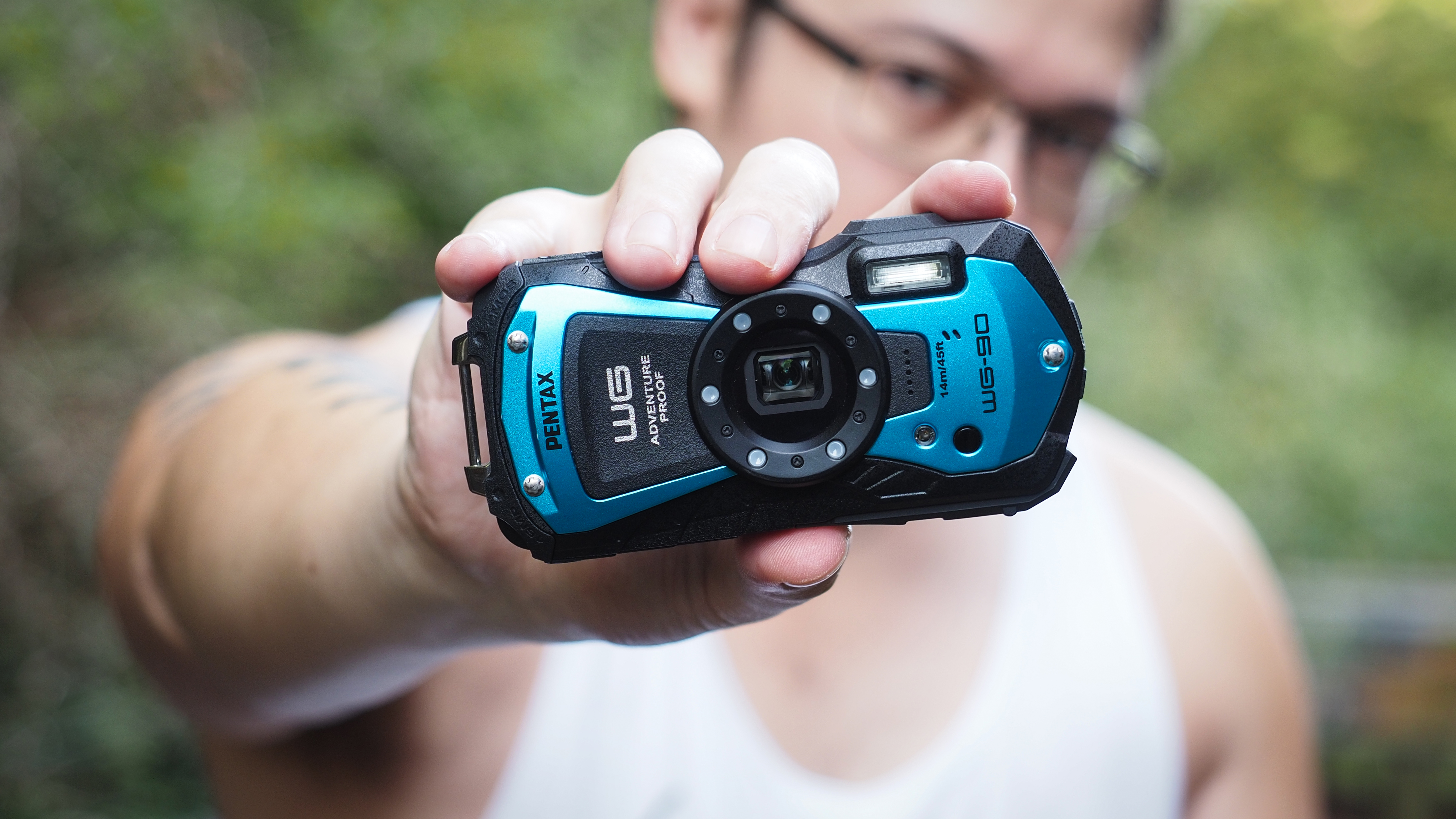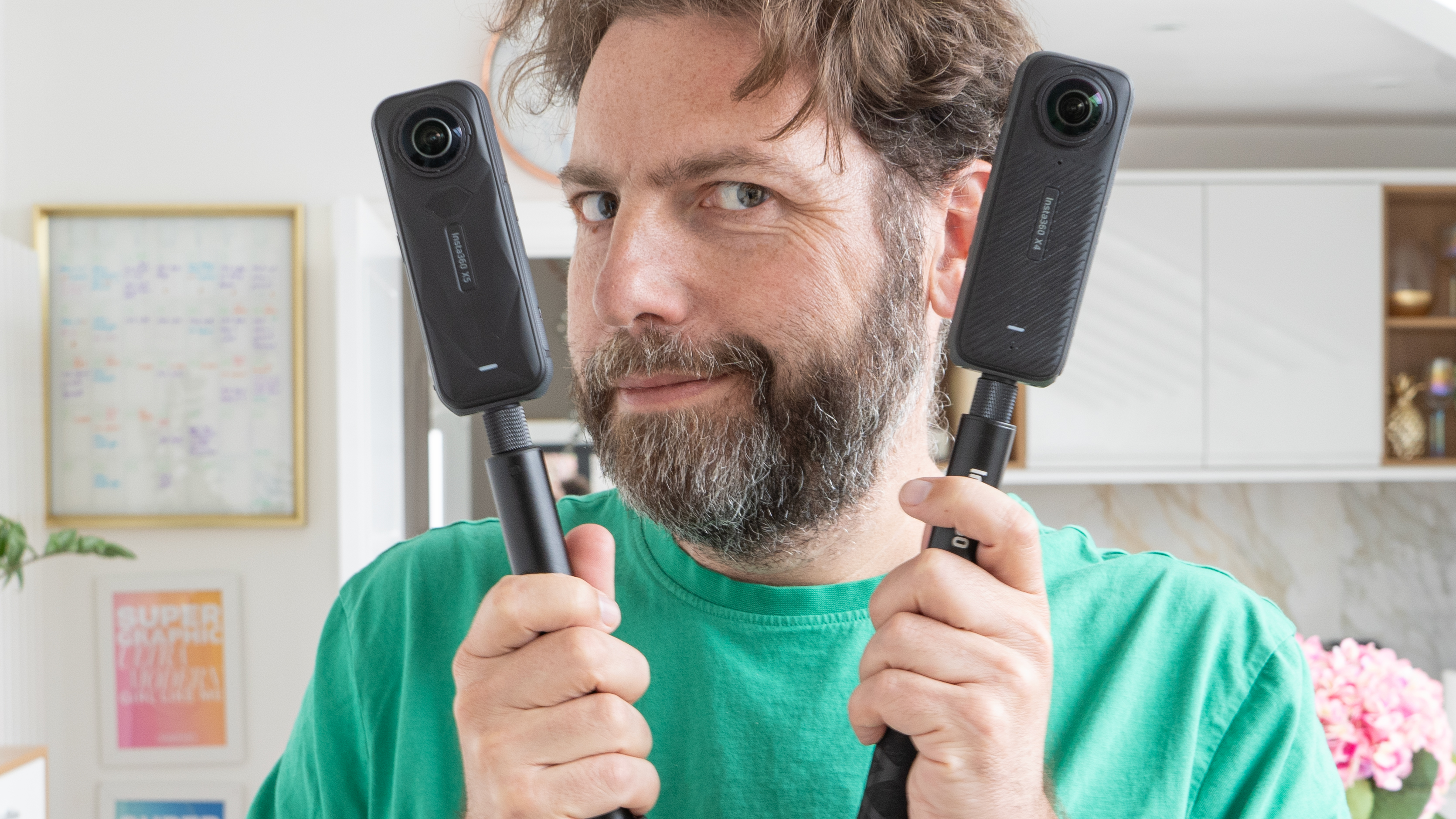What the hell even IS a compact camera these days?
Compact cameras used to be small and straightforward. Now, they're huge and high-powered. What happened?

Things change, I get that. And words sometimes get divorced from their original meanings. I get that, too. But what's happening with compact cameras remains a head-scratcher to me.
Once upon a time, it was simple: a compact was a fixed-lens camera that was nice and small. Compact, you might say. This category of camera tended to be simple, too, designed for convenience and ease of use. And it typically had a zoom lens, from sensible standard zoom ranges to superzoom lens levels of reach.
Whatever else, though, they were still compact. No further context was needed; these weren't cameras that were only compact when put side by side with a bigger camera, their form factor was inherently and specifically compact.
But I get it, things change. And words sometimes get divorced from their original meanings.
Model | Dimensions | Weight |
Canon PowerShot G7 X Mark III | 105.5 x 60.9 x 41.4mm | 304g |
Leica D-Lux 8 | 130 x 69 x 62 mm | 397g |
Fujifilm X100VI | 128 x 75 x 55mm | 521g |
Leica Q3 | 130 x 80 x 98mm | 795g |
Fujifilm GF 100RF | 134 x 90 x 77mm | 735g |
In 2025, people use "compact" to refer to any number of cameras. There are the cheap and cheerful sub-$100 compacts like the Kodak PixPro FZ55. The additional tag "premium" is added to cameras with with larger sensors and clever features, like the Leica D-Lux 8, but at least those are still small.
Then there are "compacts" that just aren't compact at all – unless you use the word contextually. Is the Fujifilm X100VI really a compact? It's not a big camera, but does that qualify it as compact?
How about the Leica Q3 – a camera that has a number of modifiers added to its common description, widely known as a "premium full frame compact camera".
Get the Digital Camera World Newsletter
The best camera deals, reviews, product advice, and unmissable photography news, direct to your inbox!
And then, of course, there's the new Fujifilm GFX 100RF, which everyone is calling a "medium format compact camera". Even though it is gigantic.
No shade at any of these cameras – they're all great cameras (okay, not the Kodak). But the only thing they have in common is that they're fixed lens, and that doesn't inherently equate to "compact".
This was really brought home to me when I was updating some camera specs the other day, and one of Gordon Laing's videos popped up on my YouTube feed (which you can watch above). He was comparing the size of the GF100 RF to cameras like the Q3 43 – and you simply can't escape the fact that these are really big cameras.
So what do we do about this? Well, for starters, the likes of Leica should stop calling the Q3 a compact camera. Fujifilm, in fairness, doesn't actually market the 100RF as a compact, but everyone else calls it one – and I think we need to cut that out.
Because calling cameras "compact" when they are twice the size and weight of actual compacts is just daft.
Or maybe I'm just making a mountain out of a molehill. After all, things change and words sometimes get divorced from their meanings.
You might also like…
Take a look at the best compact cameras that are actually compact (well, most of them!).

James has 22 years experience as a journalist, serving as editor of Digital Camera World for 6 of them. He started working in the photography industry in 2014, product testing and shooting ad campaigns for Olympus, as well as clients like Aston Martin Racing, Elinchrom and L'Oréal. An Olympus / OM System, Canon and Hasselblad shooter, he has a wealth of knowledge on cameras of all makes – and he loves instant cameras, too.
You must confirm your public display name before commenting
Please logout and then login again, you will then be prompted to enter your display name.

